In my search for images for the Trombone History Timeline I’ve come across some pretty interesting little trends and groupings—trombones in altarpieces, trombones on organ cases, angel-trombonists, trombones in Antwerp, early rear-facing trombones, early female trombonists, etc. Another noteworthy little grouping is a set of five trombone images referencing Spain’s Montserrat. The first three paintings are from Spain, while the other two actually originate from the New World–Colonial Peru.
Montserrat, shown below in a modern photograph, is a mountain in the Catalonia region of Spain. The mountain has a strong religious association with the Virgin and with music, associations that stem from a legend that a statue of a Black Madonna was discovered there in the 9th century when music was heard coming from one of the mountain’s caves. Montserrat became a popular pilgrimage site, and a monastery was founded there in the 11th century. Although the mountain has been the home of several chapels, only the monastery and a single chapel survive. The abbey became home to a highly-regarded music school, the Escolania de Montserrat, retaining, even in present day, one of the most highly-regarded boy’s choirs in Europe. As Kenyon de Pascual points out, the young musicians depicted in the paintings (or at least the first two paintings in this set) are probably students from this school. The inclusion of musicians in the paintings indicates the importance of music in the Montserrat abbey. In addition, Kenyon de Pascual maintains that the specific composition of instrumentalists depicted in Montserrat paintings evolves over time, “reflecting the updating of the types of instruments in use at the monastery” (Kenyon de Pascual, Two Contributions). This, of course, has implications for the appearance of trombones in these paintings.
The first painting, Juan Ricci’s The Virgin of Montserrat (1639), depicts several young musicians at the base of the image: a choir accompanied by cornetto, two shawms, trombone, and dulcian (see below; public domain; Museum of Montserrat, Barcelona, Spain) (Remnant West 203). Ricci’s is the earliest of the set of four paintings in this post. Kenyon de Pascual points out that Juan Ricci may have started this whole thing: “Some believe that it was the Ricci painting now in Montserrat that actually initiated the centuries-long Catalan tradition of portraits of the virgin of Montserrat accompanied by a small group of singers and instrumentalists.” Ricci was, in fact, a Benedictine monk who belonged to the Montserrat community in his twenties and again in his thirties; he would have had an intimate knowledge of the specific makeup of the musicians at the monastery (Kenyon de Pascual, Two Contributions). The 17th Century Timeline (first half, second half) does reveal several examples of trombone performance activity in Spain at the time.
The second painting, which is so similar to the first that it would appear that either one of the artists was copying the other or they were both working from another original, is Alonso Cano’s The Virgin of Montserrat, c. 1640 (see below; public domain image) (Usandizaga 61; Museum of Real Academia de Bellas Artes de San Fernando). Although the artistic styles are different, and there are some superficial differences such as hair color, the positioning of the subject material is nearly identical. It is interesting to observe that, as art historian Stella Nair points out, “Copying originals in the form of prints and sometimes paintings has a long history in Europe and became a common practice among artists in the colonial New World” (Nair, Localized Sacredness). That is to say, these paintings are probably part of the tradition of artistic copying, a practice not altogether different from musical traditions of the time.
The third painting, also from Spain, depicts some of the same features, but shares important elements with the two Peruvian images below. It shows a trombonist on the right side of the painting, pointing across toward the other side of the painting. Another trait in common with the Peruvian paintings is the pair of hovering angels crowning the Virgin. Titled Virgen de Montserrat con montañas y monaguillos, the oil painting is by Montserrat artist Agustí Renom and dates from the 17th century (see below image; public domain) (Museum of Montserrat).
The fourth and fifth paintings, which both originate from Peru, are very similar to each other. Historians speculate that they could be copies of each other, could be by the same artist, or could be renderings by separate artists who were both following a European archetype (Nair, Localizing Sacredness). The fourth painting, shown below, is an anonymous work from Iglesia de Santiago in Cuzco, Peru, dating from around 1690 (see below detail and full image; public domain) (Nair, Localizing Sacredness). As you can see, the trombone in the painting is a very light, almost ghost-like depiction, the other musicians being even more difficult to distinguish. Again, in looking at the 17th Century Timeline (first half, second half), historical documents would seem to indicate an active trombone performance tradition in the region and time period. Incidentally, another noteworthy depiction of a trombonist from Colonial Peru is featured in an anonymous painting of Cuzco’s Corpus Christi Procession (1674-80).
The fifth painting, Francisco Chivantito’s The Virgin of Monserrat (1693), is located in the parochial church of Chichero, Cuzco, Peru. Chivantito, an indigenous Peruvian artist, includes a depiction of a trombonist in a prominent position near the center of the painting (Nair, Localizing Sacredness). In contrast to the anonymous Santiago painting above, the musicians in Chivantito’s image are much clearer and more vivid. A cornetto player stands to the right of the trombonist, while two other similarly-dressed musicians, probably also cornetto players, stand behind. The trombone player is so beautifully executed that I have included it in a separate detail. The angels sawing the mountain in the middle-right of the painting allude to the literal meaning of Montserrat (“sawed mountain,” in reference to the mountain’s jagged appearance) (see below detail and full image; public domain; Velarde 82; Rosas 384).
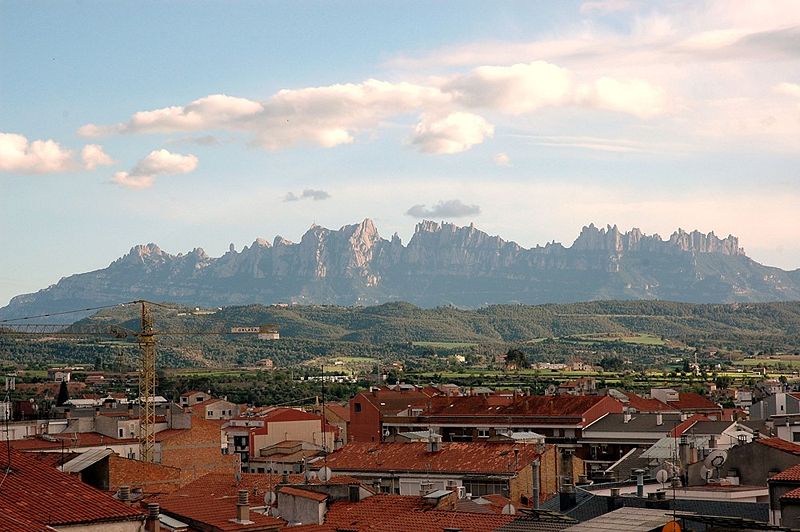
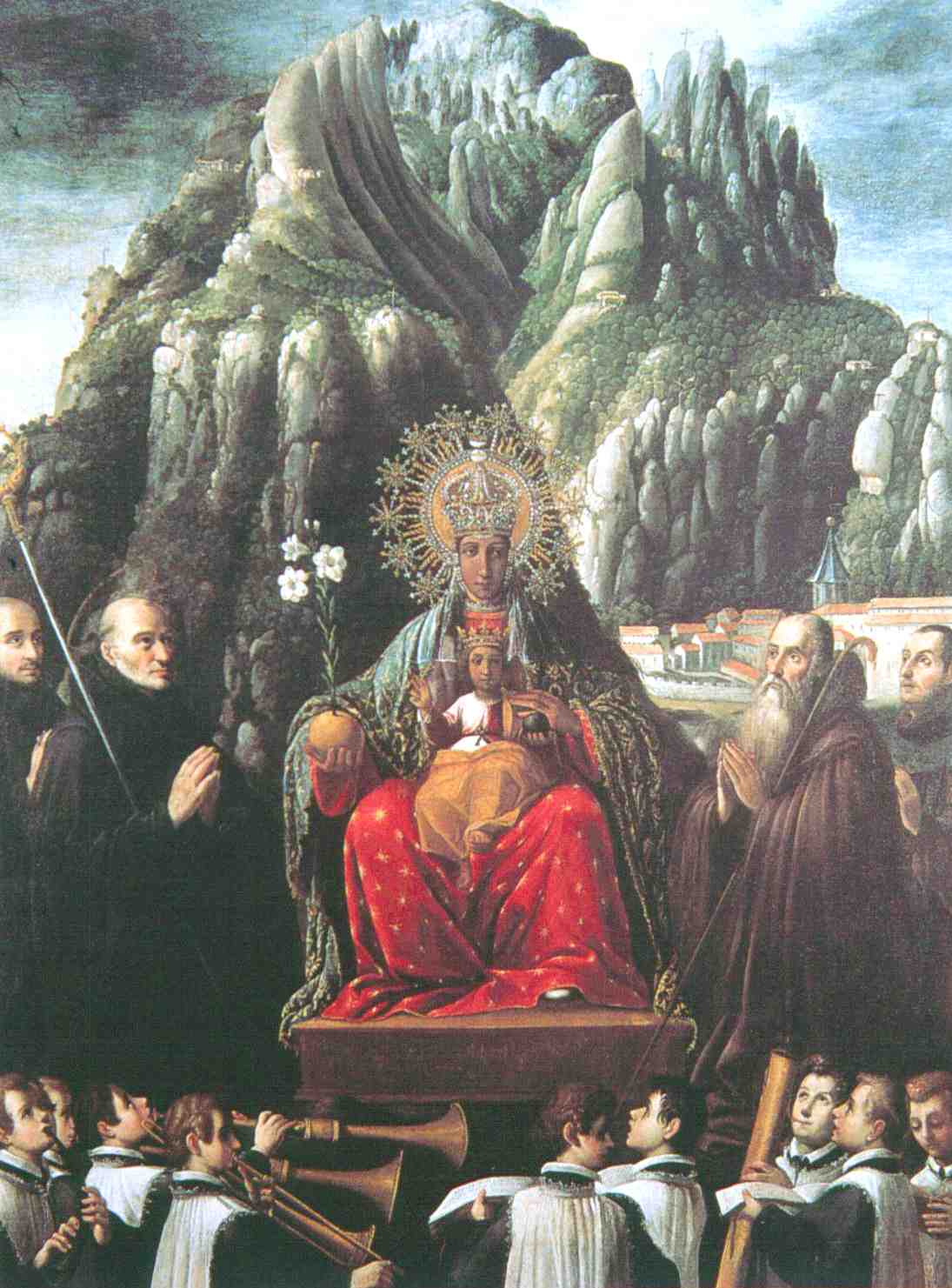
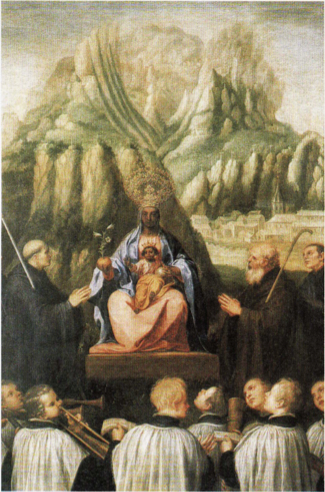
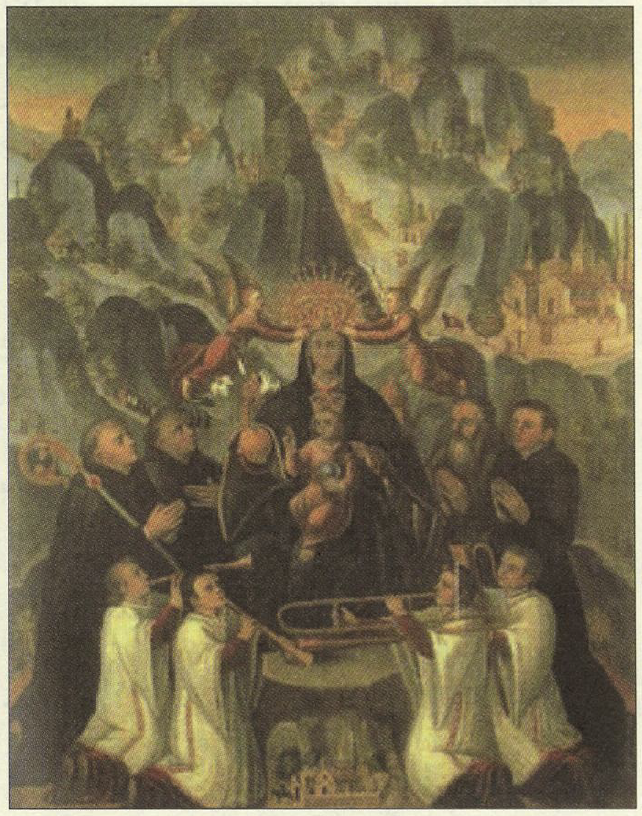
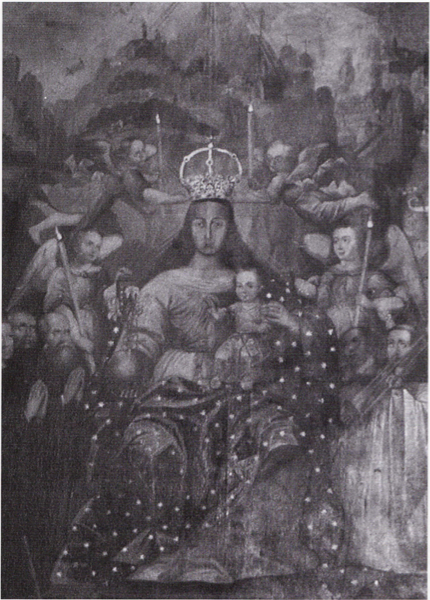

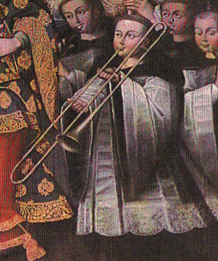

Zhenneta
Hey, I reaoly enjoyed this posting! Your site looks great! If you are interested in any web design feel free to contact me at http:/vadoz.ru